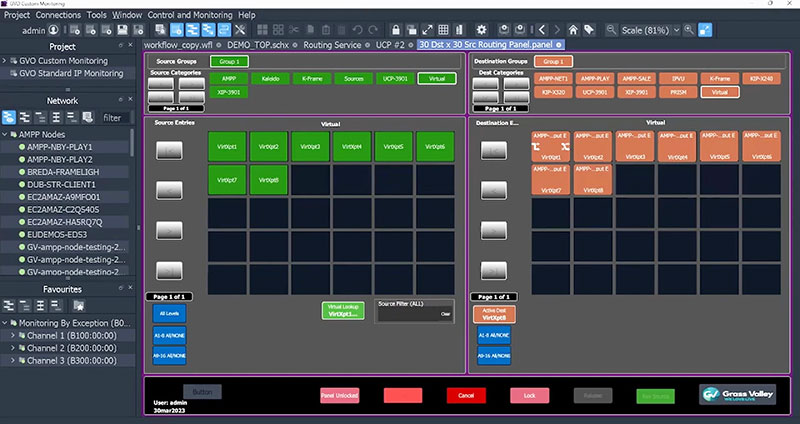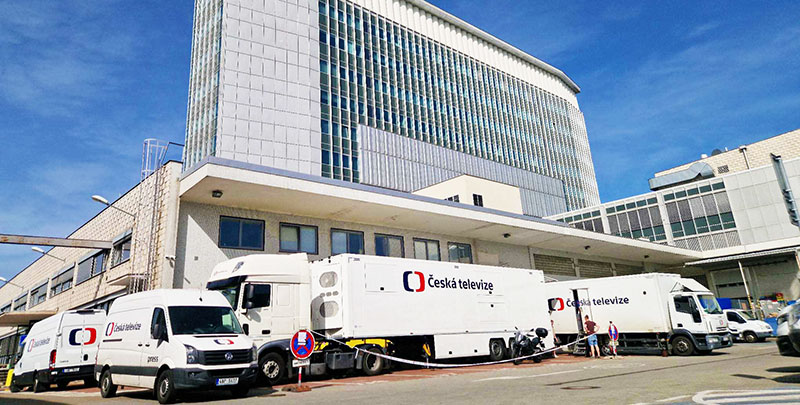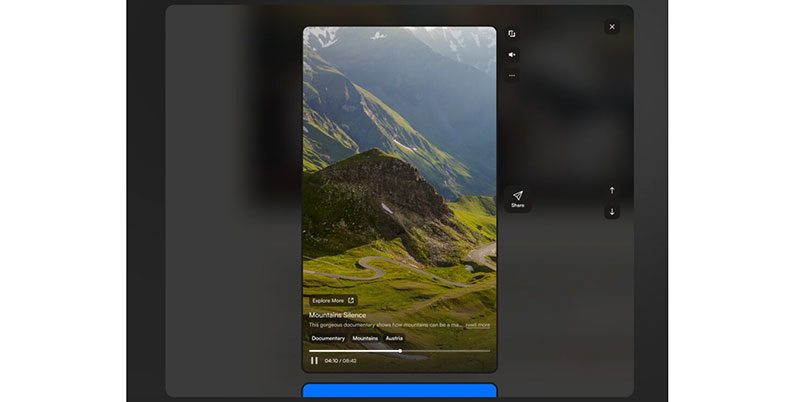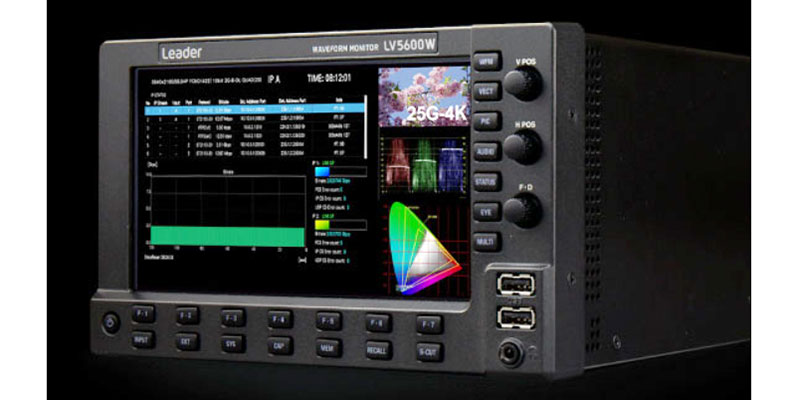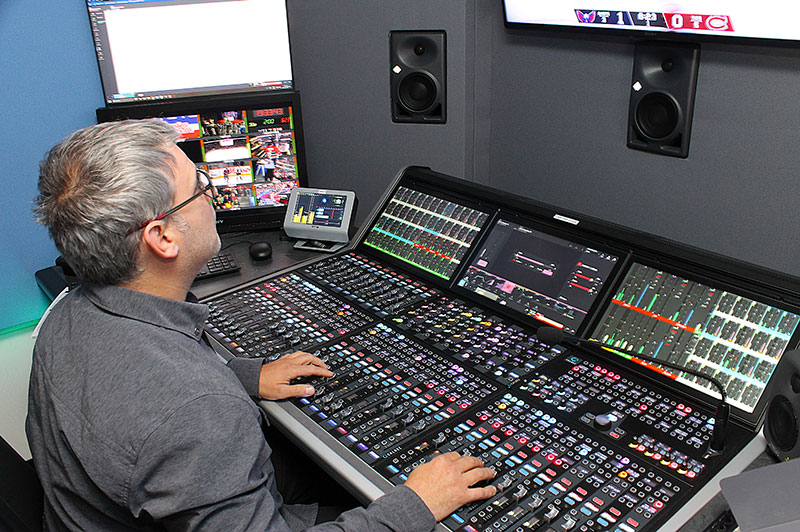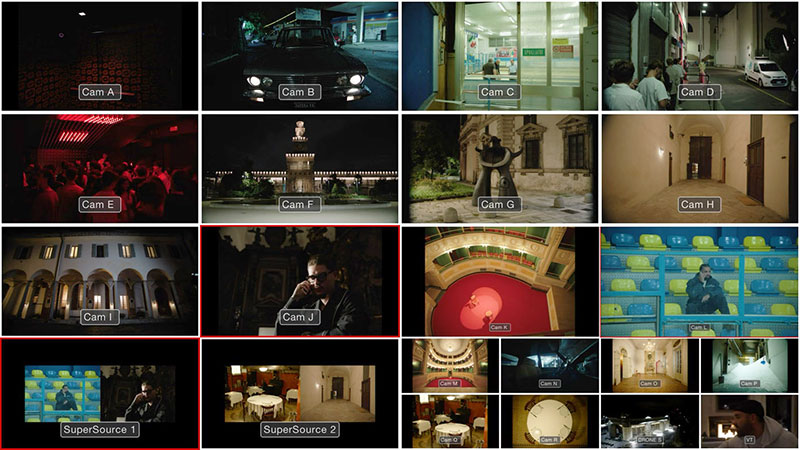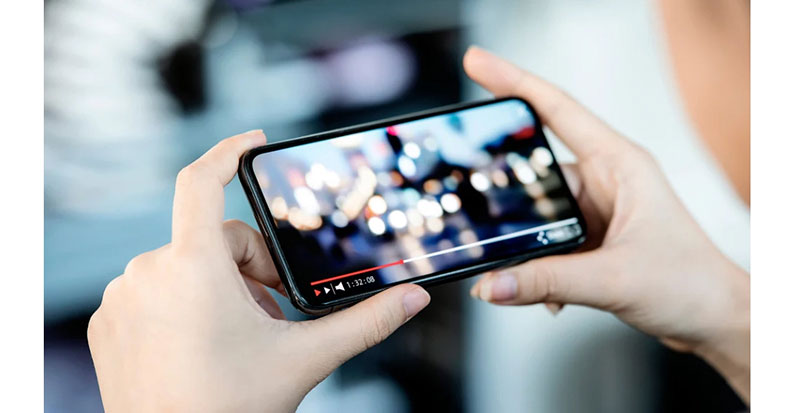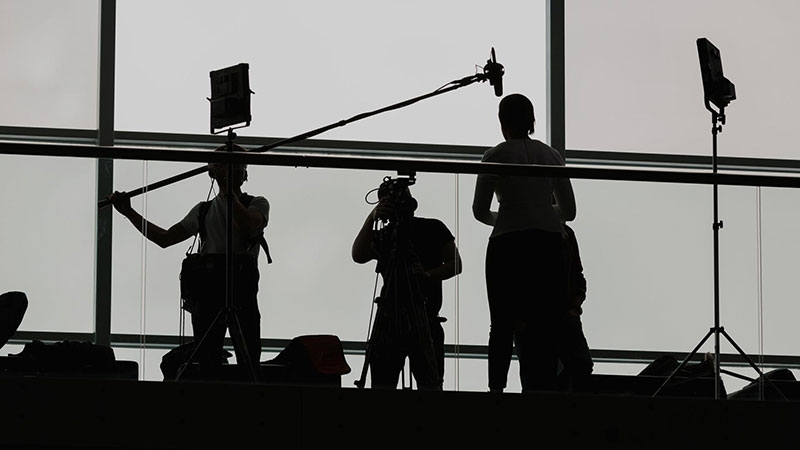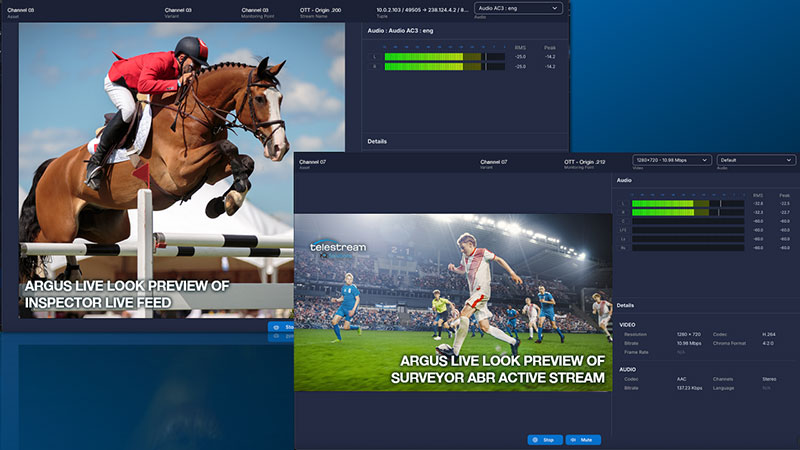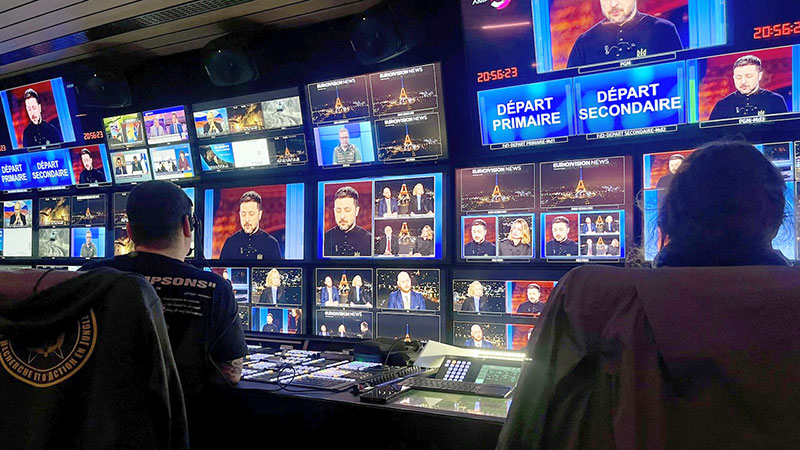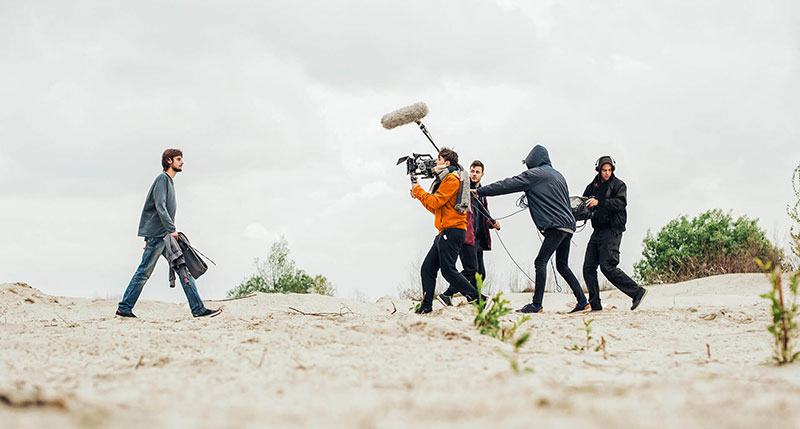Bruno Teissier at VITEC talks about the potential role of IP video not only in optimising workflows and controlling OPEX, but also in creating new services and products for broadcast.

Photo by Annie Spratt on Unsplash
Video content capture and delivery continue to evolve, causing broadcasters to look back at their legacy workflows and business models and seek ways to streamline processes and increase their competitiveness in an increasingly complex market.
Bruno Teissier, Senior Vice President of Sales at VITEC, considers how internet protocol (IP) video could play a critical role in not only optimising workflows and keeping down OPEX, but also creating new services and products for broadcast. Public internet and information technology (IT) infrastructures have the potential to help broadcasters to set themselves apart and compete with new media providers.
Evolution of Video Capture and Broadcast
“Demand for live and on-demand video feeds has increased significantly with the evolution of new video capture and broadcast technologies,” Bruno said. “These techniques have cleared the way for new players – especially streaming service providers – whose efforts to meet the elevated demand are challenging broadcasters to enhance their services while keeping operational costs under control.
“As broadcast production teams across the industry respond to the specific demands of the markets they currently serve, meeting the new challenges will not be easy. Each geographic market comes with its own needs, objectives and limitations when managing everything from network latency and content quality to optimising financial performance.”

Consequently, those at the top of the sector must focus on moving forward with both their existing and new value propositions, while reducing OPEX and working within the parameters of constrained networks. Furthermore, maintaining sustainability is rapidly becoming another priority for many broadcasters.
Competitive Specialisation
Meanwhile, a tremendous amount of content is being produced by nearly every broadcast category. Bruno said, “Companies like ESPN, for example, are covering more local, national and international events than ever to meet the mass market and niche demands of their audiences. Similarly, Bally Sports in the USA proposes region-specific sports coverage, and TV2 Norway pushes personalisation in new directions at school games with its MyGame platform, dedicated to grassroots and lower tier sports.
“They realise that if broadcasters fail to address such demands, other players will. The video-centric platforms like Instagram and TikTok are creating opportunities for consumers to access more sources of video distribution and formats than has ever been available to them before.”
Leaders in the industry must respond by reviewing their current operations, correctly understanding emerging demand and investing in new processes and technologies that can be used to cost-effectively compete in this environment.
Intelligent, Automated, Energy-Efficient

Bruno noted that almost every aspect of broadcast operations has become more complicated. More equipment now exists to capture, process and distribute content, and must be assessed. The audience has become more fragmented, creating demands for new formats – including long-form and short-form content – that can be displayed on TVs, mobile phones, computer screens and tablets. “All of these are very important when targeting a young audience,” he said.
“Typically, the emergence of more complexity comes with higher costs. The challenge is that few broadcasters can afford to absorb more expenses, calling for systems that can manage complexity and meet the growing needs of their markets without an equal increase in employee headcount or operational expense.”
As a result, adoption of new intelligent, automated, energy-efficient and sustainable technologies is critical to the broadcast industry. As broadcasters modernise and refresh their technology investments, they must not only focus on optimising operating costs but also on improving technical performance by reducing latency across the delivery pipeline.
It is therefore important for executives in the sector to take a hard look at the next generation of video compression techniques and codec standards. These developments will play a critical role as broadcasters meet strategic, operational and sustainability requirements in a highly competitive environment.
Reviewing Operations to Optimise Efficiency
Bruno said, “There are so many changes that leaders must consider. Traditional broadcast environments have high overhead costs compared to new players – including streaming providers and social-media platforms – that have now established themselves in the video distribution and consumption market.

“As a result, legacy business models must be revisited. Leaders must review all aspects of their broadcast operations – from travel to daily expenses and human resource costs to in-studio systems.”
Like many other industries, broadcasters must learn how to take action – for instance, determining which personnel are non-essential and transitioning them to work remotely, making it possible to reduce overhead and operational costs while maintaining, if not improving, quality.
By integrating public internet and enterprise IT infrastructures into day-to-day operations, broadcasters can replace redundant networks, equipment and dedicated workflows and seize an opportunity to radically reduce OPEX for broadcast. www.vitec.com







